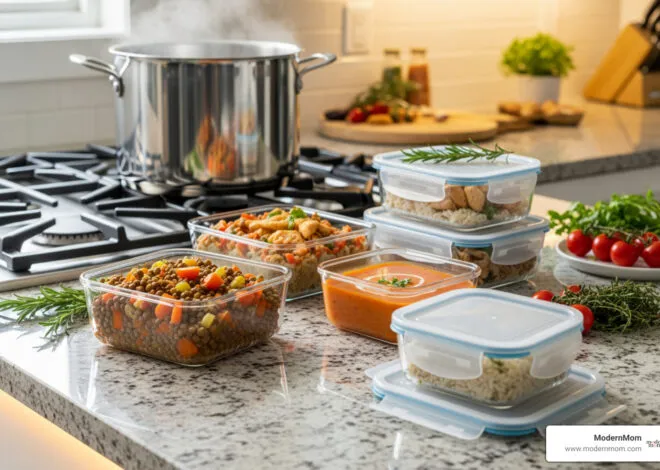When choosing homeowners insurance, most consumers think more about the value of the home than about their prized possessions inside. When determining coverage needs, it is important to know all the “stuff” in your home that warrants special protection. Insurable items do not only include luxury items like jewelry and art, but also fun purchases that support personal passions.
Whether it is gourmet cooking gadgets, designer handbags or high-end electronics, what Americans invest in personal passions can have a profound impact on insurance needs. In fact, according to a recent survey, those passions may add up to a lot more than you think:
- Fashionistas spend more than $1,400 annually on shoes, apparel and accessories.
- Techies spend approximately $1,300 a year on computers, video games and televisions.
- Foodies invest an average of $2,400 annually on high-end appliances and fine dining.
One of the best ways to make sure possessions are fully protected is to document them with a home inventory. “A home inventory assures you know exactly what you own and what it is worth before you need to make a claim,” says National Association of Insurance Commissioners President and Iowa Insurance Commissioner Susan E. Voss. “Our research, however, suggests almost half of all Americans don’t have an inventory of their possessions. Knowing what you own will help you choose the right coverage in the first place.”
Taking Inventory of Your Home’s Contents
Documenting possessions with a home inventory is the most important step homeowners and renters can take to make sure they have enough coverage to fully protect and replace their valuables if something happens.
10 Steps to Complete a Home Inventory
- Make a list of possessions, including ‘celebration’ purchases such as jewelry and fine art.
- Think about family heirlooms, collections and furniture. Also consider items related to everyday leisure time, from flat-screen televisions to custom guitars.
- Take note of commonplace items such as toys, CDs and clothing. And do not forget items you may only use occasionally such as holiday decorations, sports equipment, tools and high-ticket items kept outside your home such as landscape and swing sets.
- Attach copies of original sales receipts and/or appraisal documents to your inventory. Be sure to note model and serial numbers.
- Group your possessions into logical categories, i.e., by hobby, by room in your home.
- Carefully photograph or videotape each item and document a brief description including age, purchase price and estimated current value.
- Remember to open drawers and closets to document what’s inside.
- Store your home inventory and related documents in a safe, easily accessible place such as a secured site/file online, a fire-proof box or in a safe deposit box. You may want to share a copy with your insurance provider so he or she can make necessary updates to your coverage.
- Review and update your inventory annually and whenever you make a significant purchase.
- To get started, download the free myHOME Scr.APP.book app for iPhone® users by visiting the iTunes® App Store or searching ‘NAIC’ in the app store from your phone. Or go to www.insureuonline.org to print a simple home inventory checklist.





